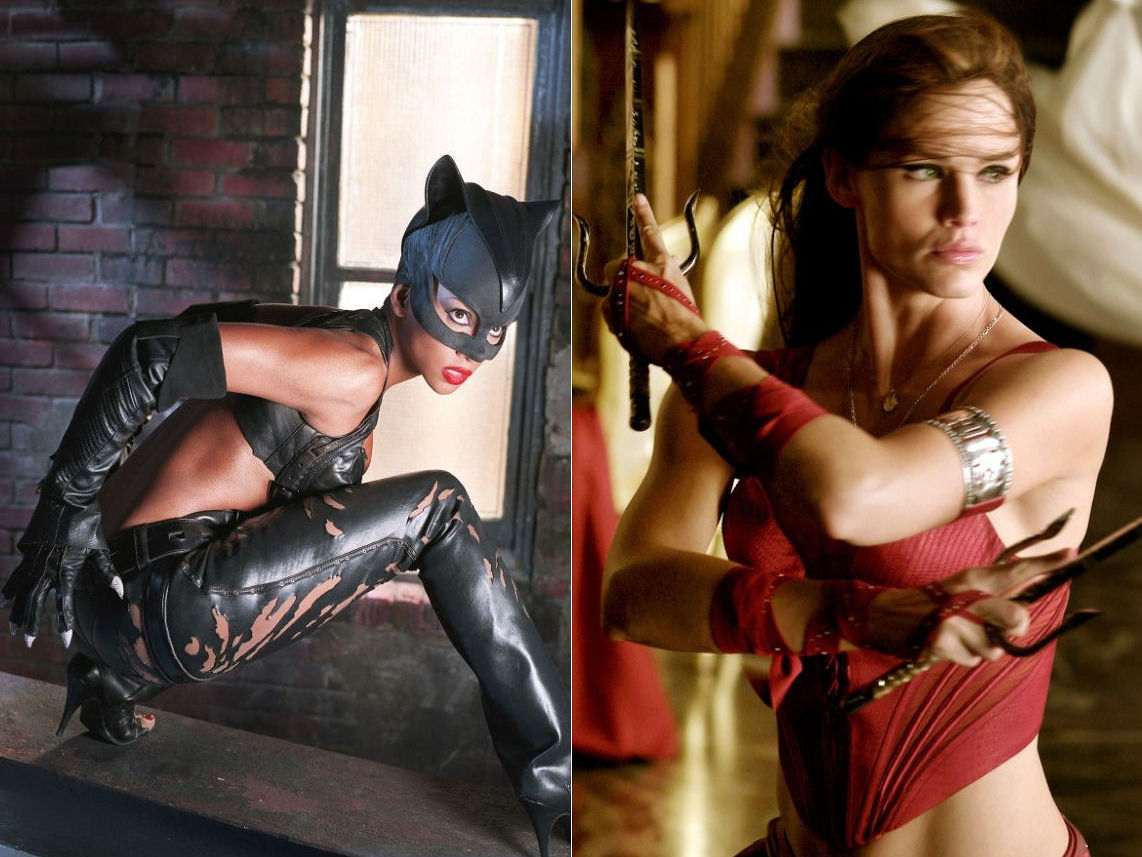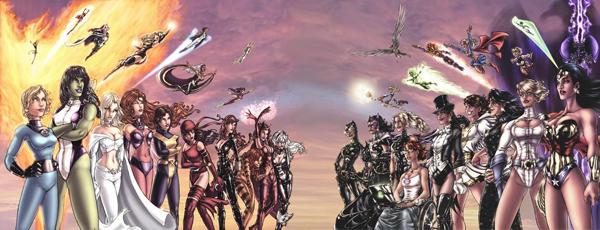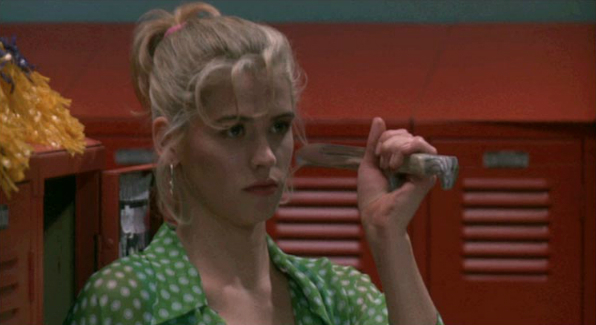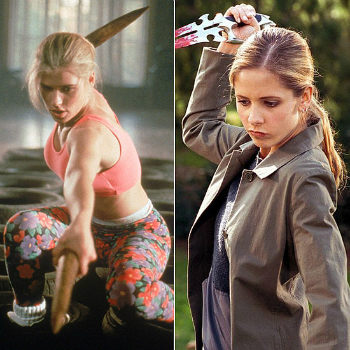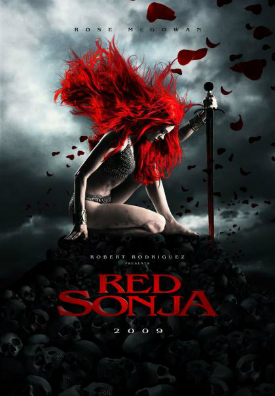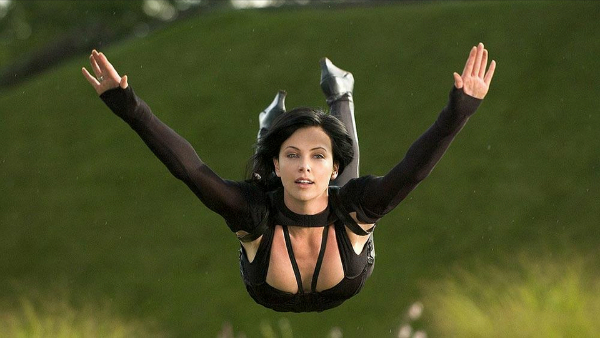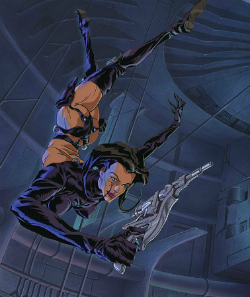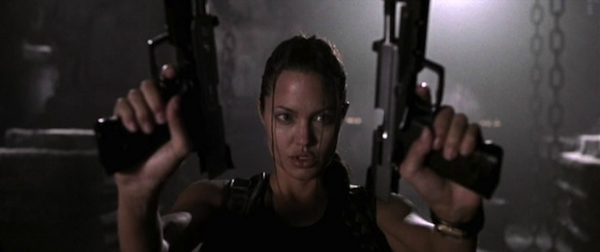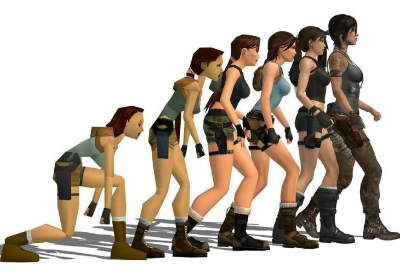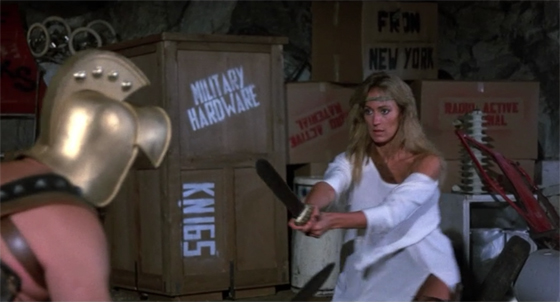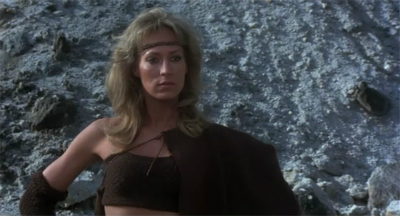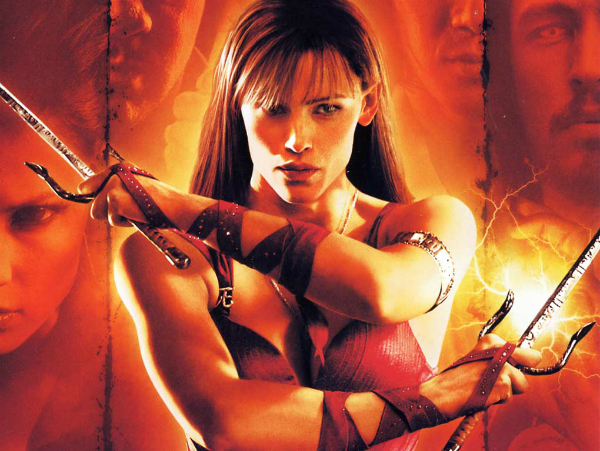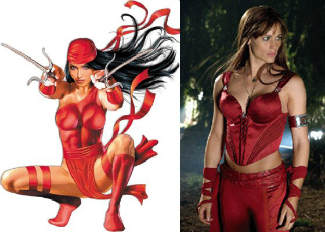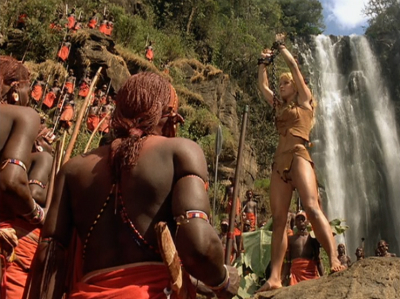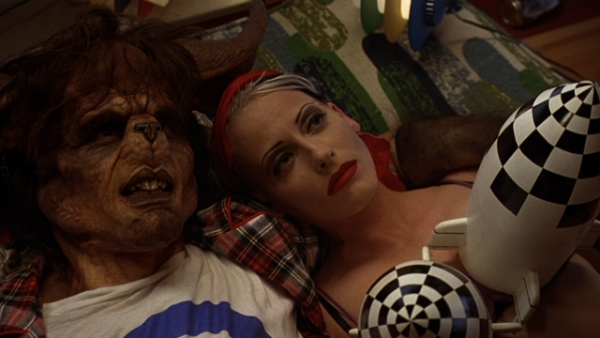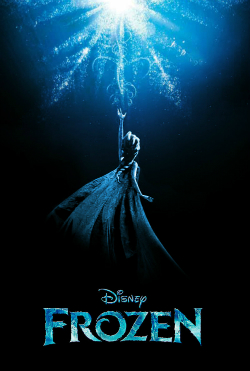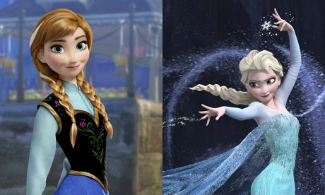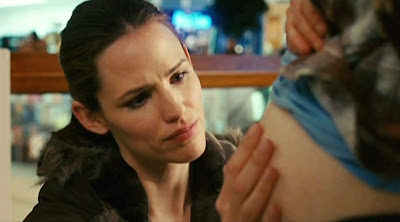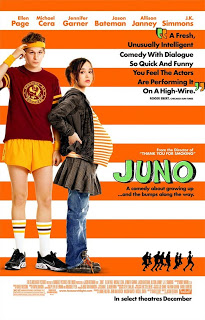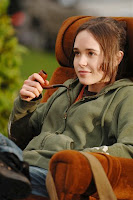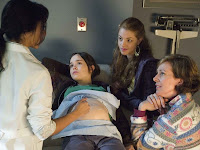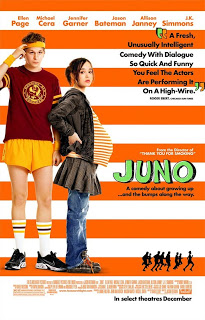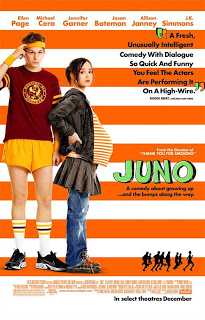This guest post written by Heather Davidson appears as part of our theme week on Superheroines.
Cast your mind back, if you can, to a time before superhero films dominated the box office. A time before the one-two punch of Iron Man and The Dark Knight revolutionized the genre and made no summer complete without half a dozen comic book adaptions hitting screens. This was the world Catwoman and Elektra premiered in. The latter a spin-off from 2003’s Daredevil, the former inexplicably completely unconnected to the following year’s Batman Begins, both were complete flops. Catwoman failed to make back its budget, Elektra barely did, and they both received a critical mauling.
When movies fail, studios go looking for explanations. In this case, they looked at the failure of Elektra and Catwoman, as well as the failure of the film Supergirl back in 1984, and they came to a conclusion: superheroines don’t sell. It’s a conclusion that Hollywood seems to have adopted as gospel; last year, Wikileaks published a 2014 email exchange between the CEOs of Marvel and Sony with the subject line “Female Movies,” in which Elektra, Catwoman, and Supergirl were cited as “disasters.” The reluctance among the big studios to greenlight any more “female movies” is obvious – when Wonder Woman premieres next year, it will have been twelve years since we last saw a movie with a woman superhero in the lead role.
Now, don’t get me wrong – neither Catwoman nor Elektra are by any means good movies. The first is silly, the second dull, and both are confusing and ugly, with little interest in their source material and an odd propensity to give characters magical powers. They deserved to fail – but they didn’t deserve to take an entire gender down with them.
All the complaints you can make about Catwoman and Elektra can be levelled against so many other superhero movies (with the possible exception of the whole magical powers thing): Green Lantern, Daredevil, Superman Returns, and Jonah Hex. Like Catwoman, Elektra, and Supergirl, the protagonists of these flops shared a gender – yet you would never see them in a list entitled “Male Movies.” The reasons given for their failure are many and varied: they had poor scripts, dull action scenes, bad special effects. This isn’t a privilege afforded to women-led movies; everything comes back to the gender of their protagonist.
However, calling Catwoman and Elektra “female movies” is disingenuous. Both movies were directed by men, with male screenwriters and an almost all-male team of producers (Catwoman does give a producer credit to Denise Di Novi). The lack of women’s voices on the production teams is blatant. Elektra is interested in its protagonist’s gender only so far as it creates the opportunity to put Jennifer Garner in a revealing outfit and have her kiss another woman. Meanwhile, Catwoman’s idea of womanhood is that of a boardroom full of men desperately trying to appeal to women aged 18-39, complete with a ‘sassy’ best friend and plot revolving around face cream.
We’ve never had a superheroine movie engage with gender and womanhood in the way TV series like Jessica Jones or Supergirl have in recent years; all it takes is a woman in a visible role (outside the male protagonist’s love interest, of course) for a film to become a “female movie.” For Hollywood, the experience of the white, straight, man is universal, but he can’t empathize with anyone else. As such, even in ensemble pictures like the X-Men or Avengers franchises, the superheroines are marginalized in the movies and their marketing in favor of their male co-stars. Of the 60 items produced to tie-in to the release of Avengers: Age of Ultron last year, Scarlet Johansson’s Black Widow featured on just 3. The issue was obvious enough for Mark Ruffalo, who played her love interest in the film, to publicly demand Marvel produce more.
This marginalization extends to women behind the camera as well, as Anne Hathaway noted in an interview with the Los Angeles Times’ Rebecca Keegan in 2014:
“A male director can have a series of failures and still get hired. Sometimes movies don’t work, and I feel like if it stars a woman or is directed by a woman, the wheels can’t fall off the train. If this movie directed by a woman does well and this movie directed by a woman does well and then one doesn’t, it’s ‘oh, people don’t like movies directed by women.'”
It’s been sixteen years since X-Men kicked off the superhero boom of the 2000s, and we have yet to see a comic book blockbuster directed by a woman. That’s not to say women have been entirely absent from the director’s chair – Lexi Alexander (who repeatedly advocates for women filmmakers in Hollywood) directed the low budget Punisher: War Zone in 2008, and Patty Jenkins was hired to direct Thor: The Dark World, but left during pre-production. Marvel Studios, at least, gained a reputation for being willing to take risks on unproven directors, like Marc Webb and the Russo brothers, or those whose previous projects had lost money, like Joss Whedon, and James Gunn. However, this approach evidently only extends to male filmmakers. While Marvel claims to be in talks with women directors about the upcoming Captain Marvel movie, and Jenkins is currently overseeing post-production on Wonder Woman, we’ve spent a decade and a half without female representation in a genre that has come to dominate Hollywood. The failure of Catwoman and Elektra may have erased women’s faces from the superhero film, but they never even gave our voices a chance.
With the first female lead in over a decade and first female director ever, the pressure is high on Wonder Woman to succeed. Protest over the lack of representation for marginalized groups in Hollywood has, thankfully, gained enough mainstream prominence in the last few years that, even if the movie crashes and burns, it’s untenable for the studios to continue excluding women as they have. However, you can be sure that if the film does flop, fingers won’t be pointed at its bizarre scripting system, its troubled production, or its ties to an equally unsettled cinematic universe. The reasons for its failure will begin and end with the gender of its star and director.
In linguistics, there’s a concept known as ‘markedness.’ Out of two paired terms, one will be ‘unmarked’ and other ‘marked.’ The unmarked term is the norm – walk, host, lion. In contrast, its marked equivalent stands out – walked, hostess, lioness. ‘Superheroine’ is a marked term. The actresses who play them are marked, as are the “female movies” they star in. For the past decade, they’ve been marked for failure, by a studio system dominated by short-sighted male executives who can’t see past previous failures. We’re entering a new era for superheroes on-screen, where women again have a seat at the table. We can’t let them take it away again.
Heather Davidson is a web developer-cum-graphic designer-cum writer, with as much of an attention span as that implies. She writes about tech, the niche corners of pop culture and radical activism – preferably all at the same time. Follow her on Twitter @heatherlauren.
